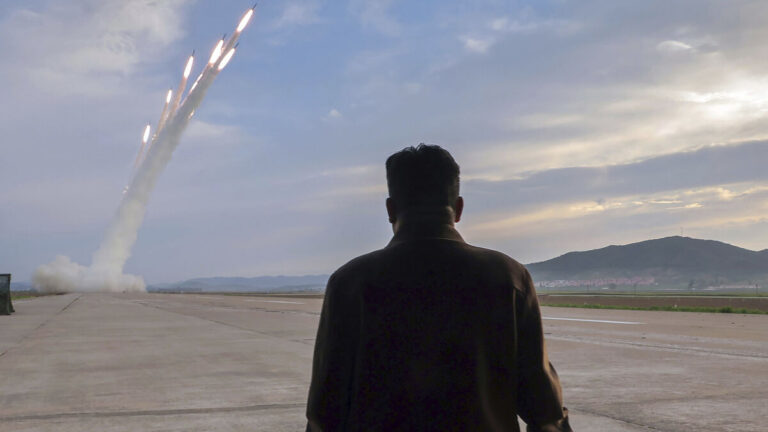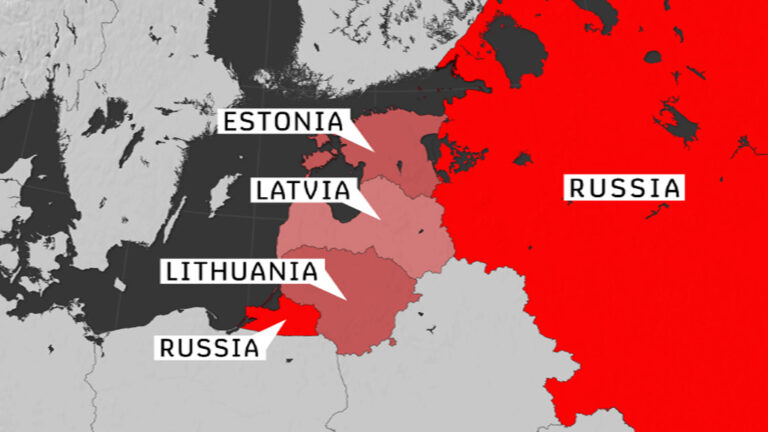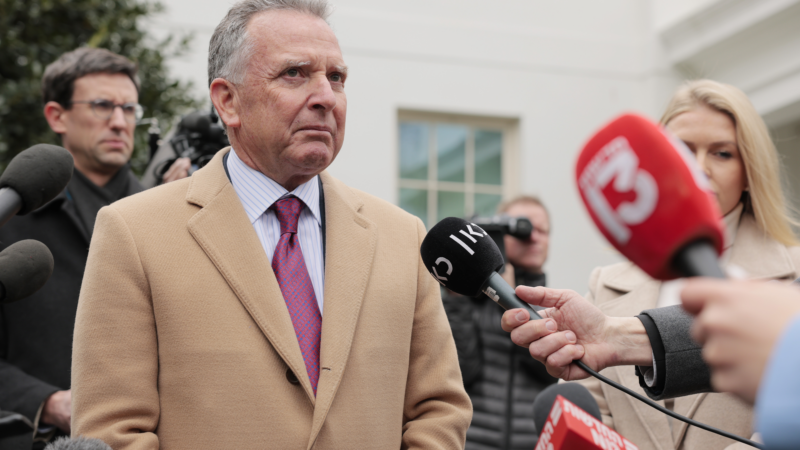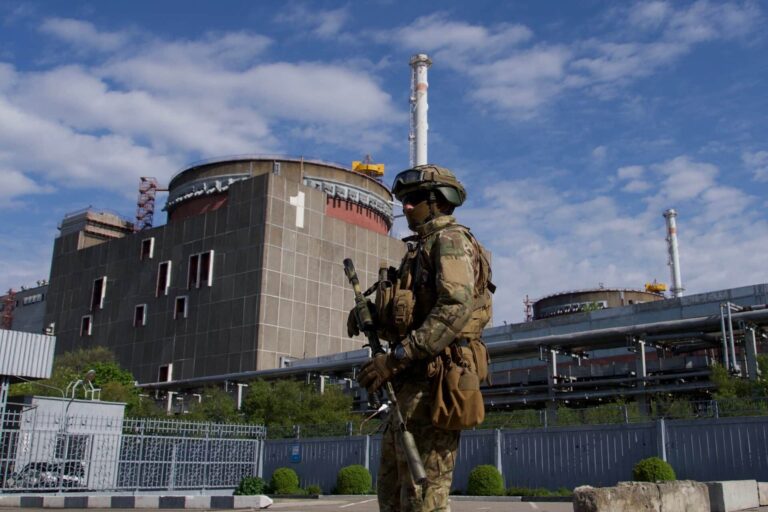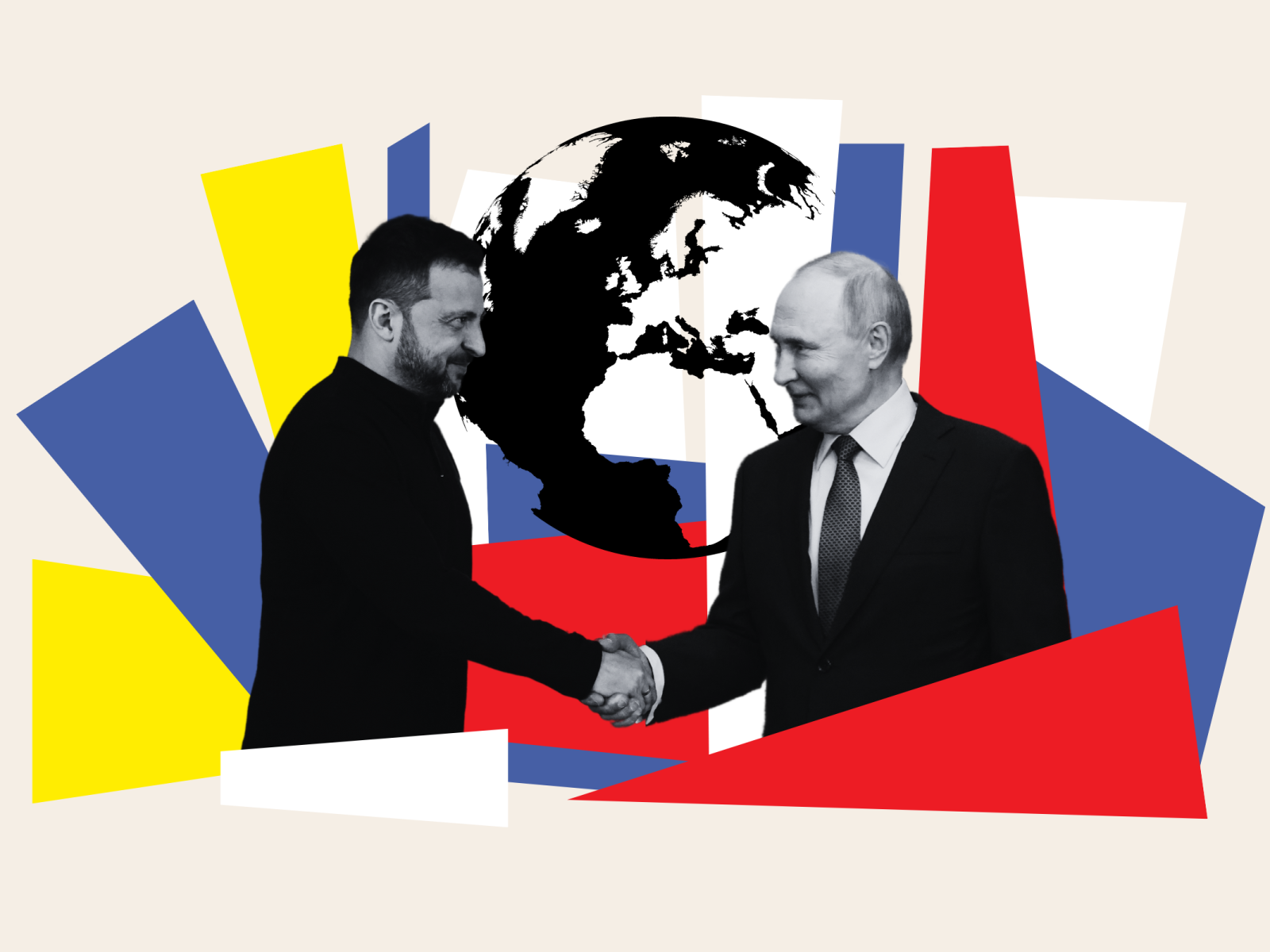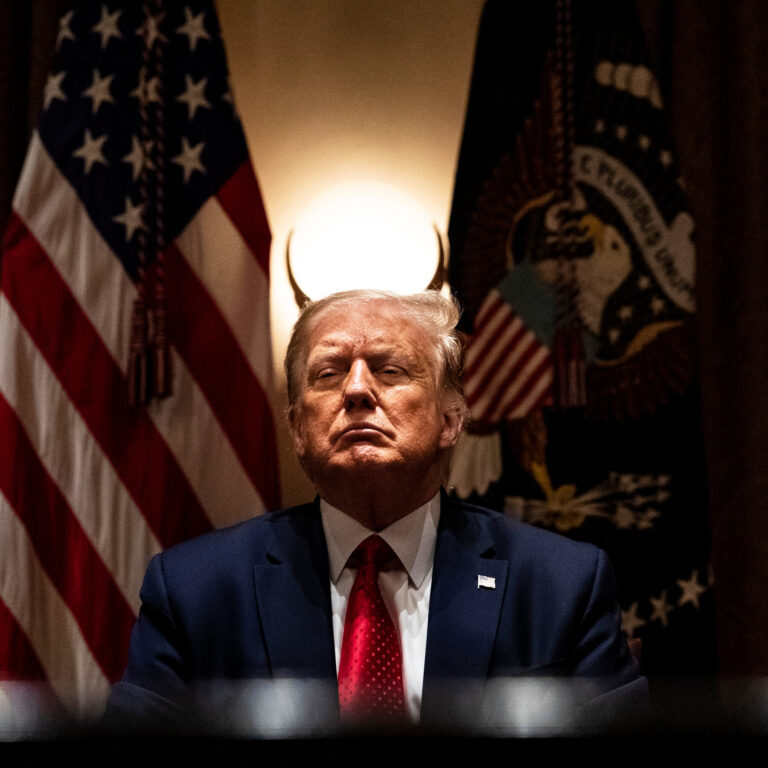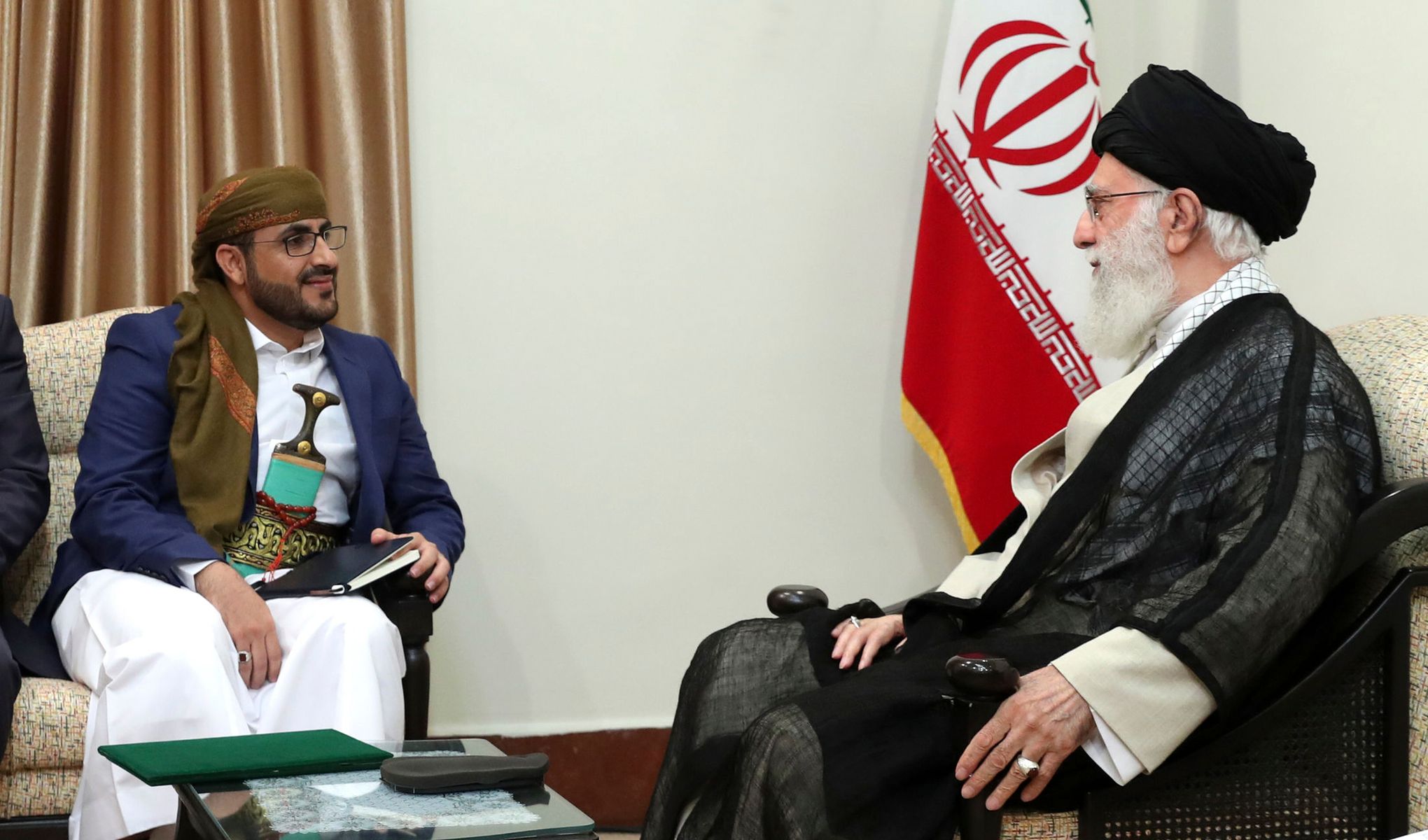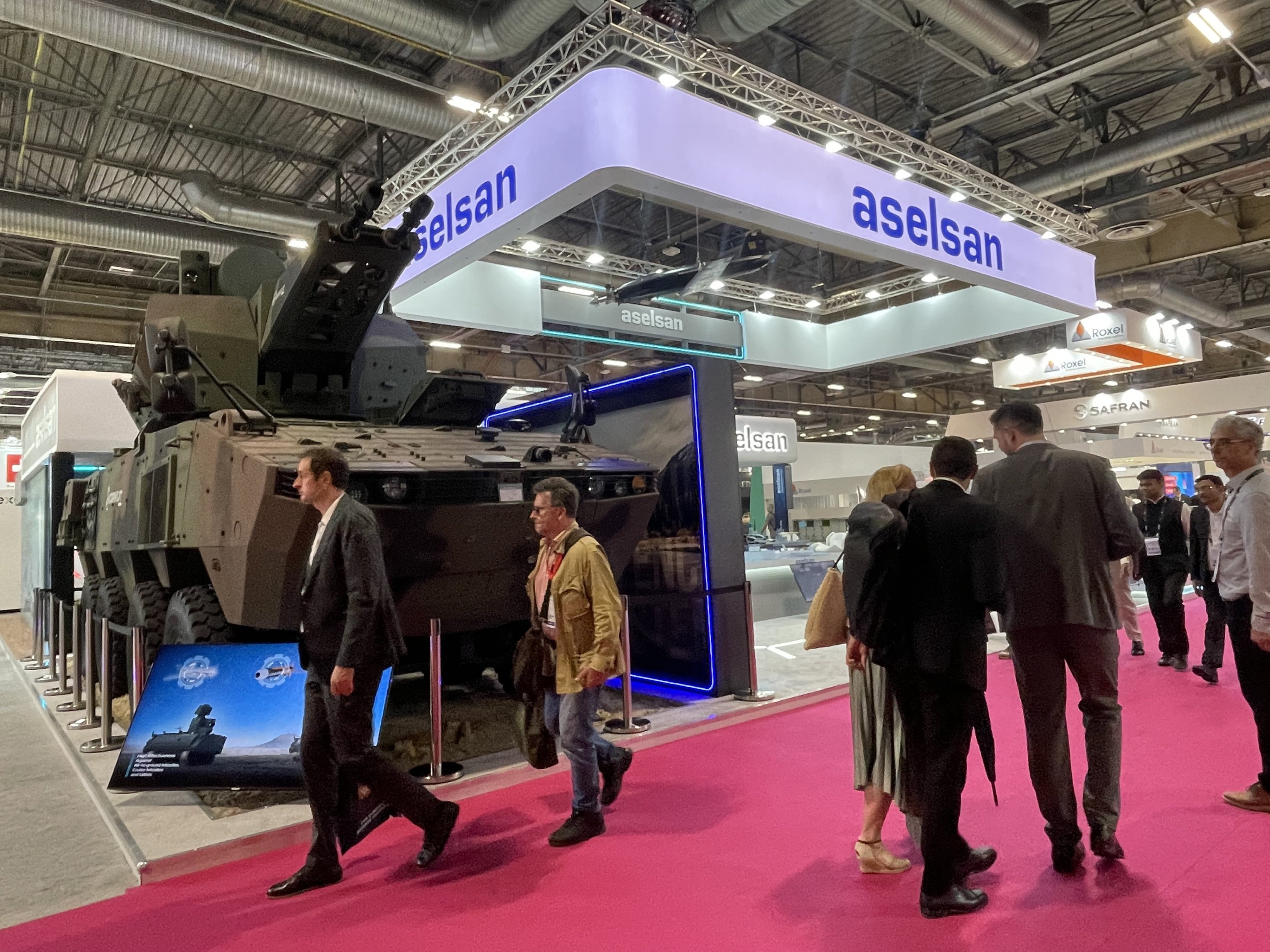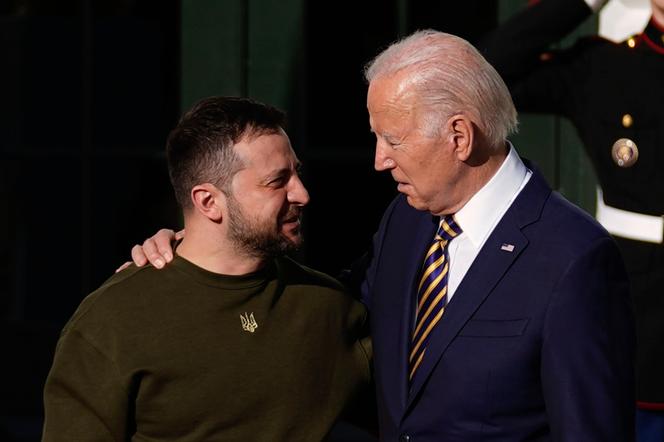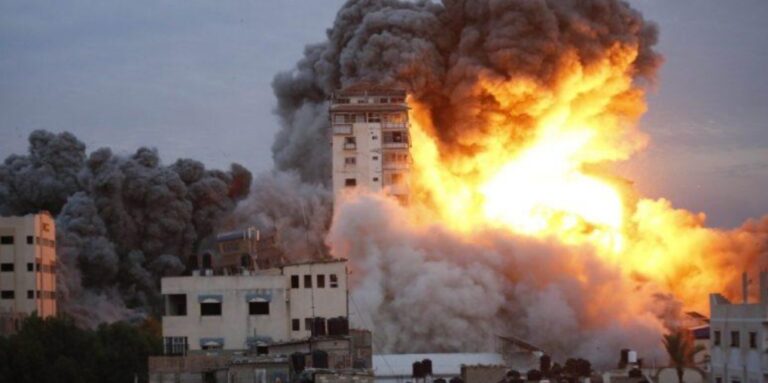North Korea is once again in the headlines, flexing its military muscle with an anti-aircraft missile systems, with none other than Kim Jong Un personally overseeing the test launch. According to North Korea’s state-run media, the latest test demonstrated that the country’s new air defense weapons are “highly reliable” and give Pyongyang an “advantageous combat response.”
Interestingly, this missile test happened just as Russia’s top security official, Sergei Shoigu, arrived in Pyongyang for high-level talks, fueling speculation about deepening military cooperation between the two nations.
Timing and Intentions
The missile test took place on Thursday under the supervision of Kim Jong Un and top military officials from the ruling Workers’ Party of Korea. While KCNA didn’t disclose the exact location, it released images of a missile streaking across the sky, a midair explosion, and Kim smiling as he observed the launch. The North Korean leader seemed pleased with the results, calling the new weapon system a “major defense asset” with strong combat capabilities.
Interestingly, this show of force comes just a day after South Korea and the U.S. wrapped up their annual joint military drills. Pyongyang has long accused Washington and Seoul of using these exercises as a pretext for war, and this time was no different. KCNA called the drills a “rehearsal of war of aggression,” making it clear that the missile test was, at least in part, a response to what it sees as provocations from its southern neighbor and its allies.

Is Russia Helping North Korea’s Military?
One of the biggest questions following this missile test is whether Pyongyang is receiving direct military support from Moscow. Experts believe that, given the increasingly close ties between the two countries, Russia could have provided North Korea with key technology or even materials for its air defense systems.
Shin Seung-ki, a researcher specializing in North Korea’s military at the Korea Institute for Defense Analyses, stated that the “strengthening of cooperation” between Moscow and Pyongyang makes it “highly likely” that Russia assisted in building these new weapons. Others, like Ahn Chan-il, a North Korean defector-turned-researcher, went a step further, suggesting that Pyongyang could be testing weapons for export to Russia, possibly to be used in Ukraine.
These claims aren’t entirely out of the blue. South Korea has previously alleged that Russia provided North Korea with military aid, including anti-aircraft missiles, in exchange for North Korean troops being deployed to support Moscow in its war against Ukraine. Some analysts even estimate that over 10,000 North Korean soldiers have already been sent to Russia, with more troops recently redeployed near the front lines in the Kursk region.
Russia-North Korea Ties Strengthen, Rising Global Tensions
The timing of Russia’s Security Council Secretary Sergei Shoigu’s visit to North Korea only adds to the speculation. Shoigu’s arrival follows another visit earlier this month by Russian Deputy Foreign Minister Andrey Rudenko, who held meetings with North Korean Foreign Minister Choe Son Hui. These back-to-back visits indicate that Russia and North Korea’s relationship is rapidly evolving beyond just diplomatic pleasantries.
This closer alignment between Moscow and Pyongyang could have serious implications for global security. Even as the war in Ukraine still rages and tensions on the Korean Peninsula remaining high, North Korea’s missile developments, and its potential collaboration with Russia, will likely keep military analysts and world leaders on high alert.
US approves first sale of laser-guided precision rockets to Saudi Arabia
In another interesting development, the United States has officially approved the sale of laser-guided precision rockets to Saudi Arabia, marking the first such deal in a growing list of arms transactions between the two nations. The US State Department gave the green light to sell Advanced Precision Kill Weapon Systems (APKWS) to Saudi Arabia for an estimated $100 million, according to a statement from the Pentagon.
The APKWS is a laser-guided rocket system designed to accurately target both airborne and surface threats. With its precision-guided capabilities, this system significantly reduces the risk of collateral damage, a major concern with traditional guided missile systems. According to the Pentagon, this sale is intended to enhance Saudi Arabia’s ability to counter emerging threats effectively while aligning with US foreign policy goals in the Gulf region.
A Cost-Effective Defense Solution
At an individual price of approximately $22,000 per unit, the APKWS presents a cost-effective option for neutralizing low-cost small armed drones, such as those deployed by Yemen’s Houthi rebels. Saudi Arabia has been engaged in ongoing conflict with the Houthis, who have frequently used drone warfare to target key infrastructure and military positions. The Pentagon’s Defense Security Cooperation Agency has formally notified Congress about the potential sale, which includes the procurement of 2,000 APKWS units, alongside training and associated equipment.
Despite the approval, the deal is not yet final. The notification to Congress signals the start of the process, but negotiations and contract finalizations are still pending. The primary contractor for the sale will be BAE Systems, a well-established defense manufacturer known for its advanced weapons technology.
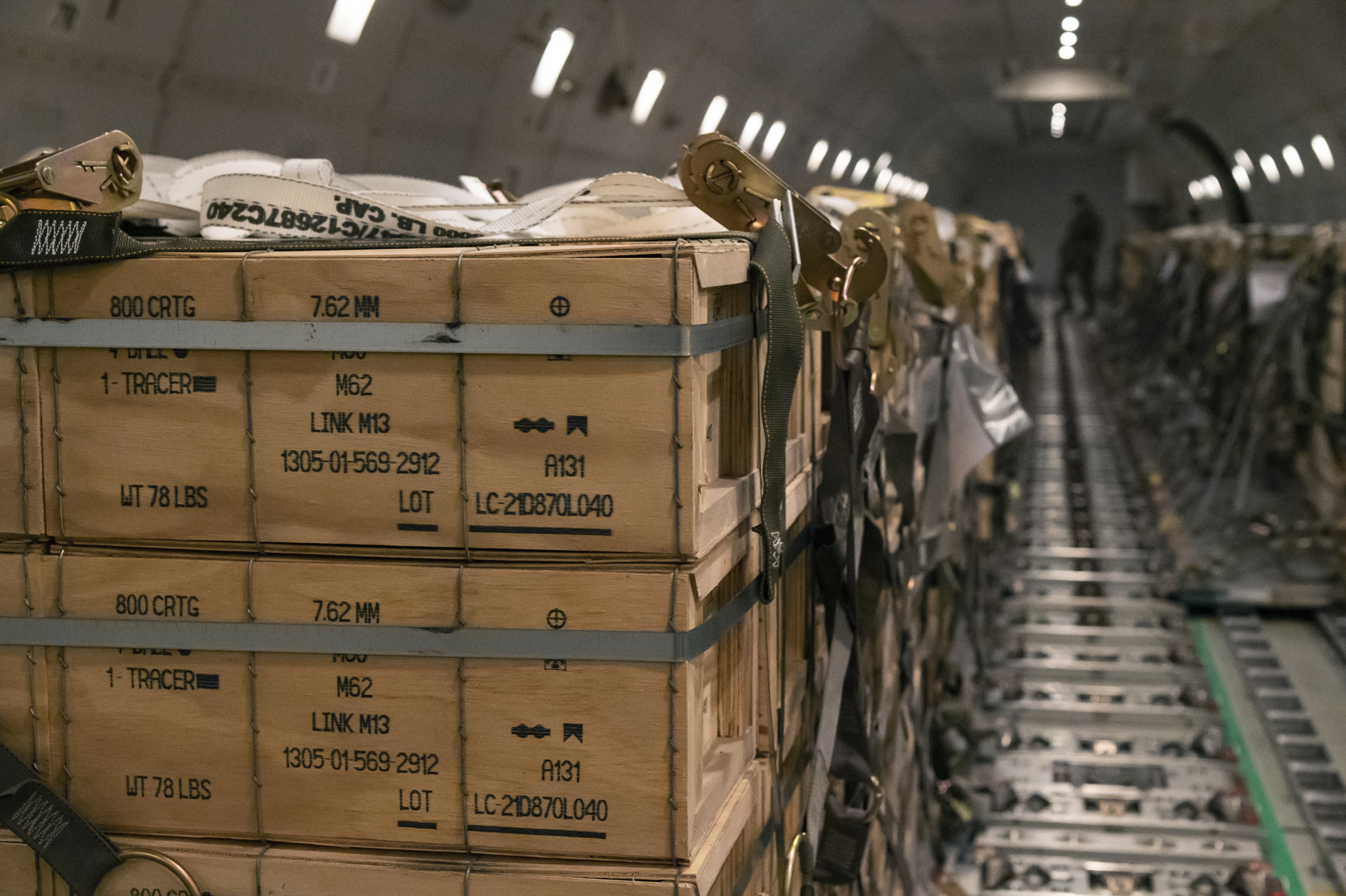
Arms Sales at Record Highs
The approval of this sale comes at a time when US arms exports are reaching greater levels. In 2024, foreign military sales of US defense equipment surged by 29%, reaching a record-breaking $318.7 billion. This figure includes a wide range of arms deals, such as an $18.8 billion agreement for fighter jets to Israel, $23 billion worth of F-16 jets and upgrades for Turkey, and $2.5 billion in sales of M1A2 Abrams tanks to Romania.
According to the US State Department, arms sales serve as a crucial foreign policy tool, shaping global security dynamics. However, this surge in sales also coincides with heightened regional instability and escalating conflicts, particularly in the Middle East and Eastern Europe.
Controversy Over US Arms Sales
While the US government emphasizes a “holistic approach” to arms sales, factoring in political stability, human rights, and civilian protection, there has been growing criticism regarding the ethical implications of these deals. Investigative reports suggest that US Secretary of State Antony Blinken ignored explicit warnings about Israeli human rights violations and continued approving arms transfers to the country, potentially violating US laws governing military aid. The controversy deepens as more than 47,200 Palestinians have been killed in Gaza, with extensive destruction caused by US-supplied weapons and military equipment.
The Biden administration has been accused of knowingly enabling Israel’s military actions despite growing international condemnation. In November 2024, Human Rights Watch released a report detailing Israel’s alleged attempts to permanently prevent Palestinians from returning to parts of Gaza. These accusations have raised concerns over the ethical considerations of US arms deals and their impact on global conflicts.
A Surge in Global Demand
Beyond the Middle East, demand for US military equipment has skyrocketed due to the ongoing war in Ukraine. The Russian invasion has driven ministries of defense worldwide to ramp up their weapons stockpiles, with the US struggling to replenish its own supplies after providing extensive military aid to Kyiv. Defense contractors are under significant pressure to meet this surge, with increased production planned for artillery rounds, Patriot missile interceptors, and armored vehicles.
With the Saudi deal now in motion, the US continues to solidify its position as the world’s leading arms supplier. However, as conflicts escalate and international scrutiny intensifies, the ethical and strategic ramifications of these sales remain hotly debated.

